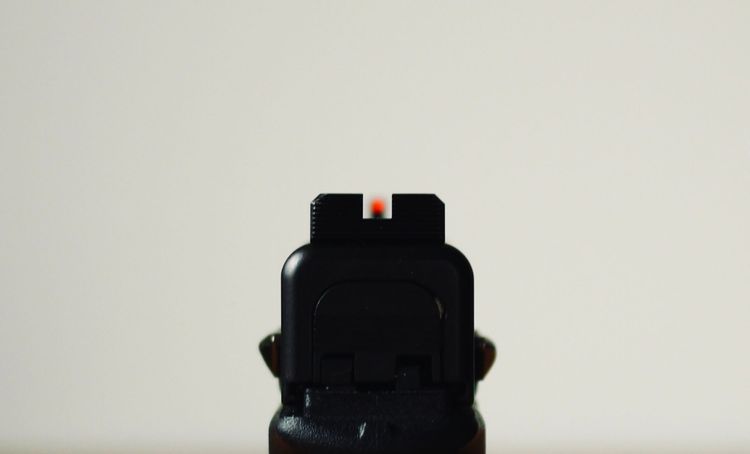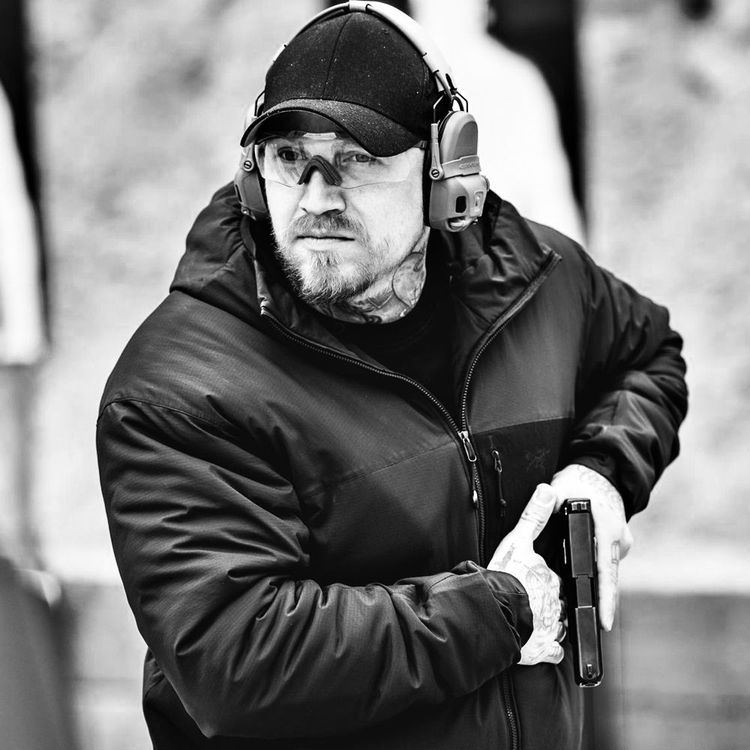The world champion sights for Glocks in full detail.
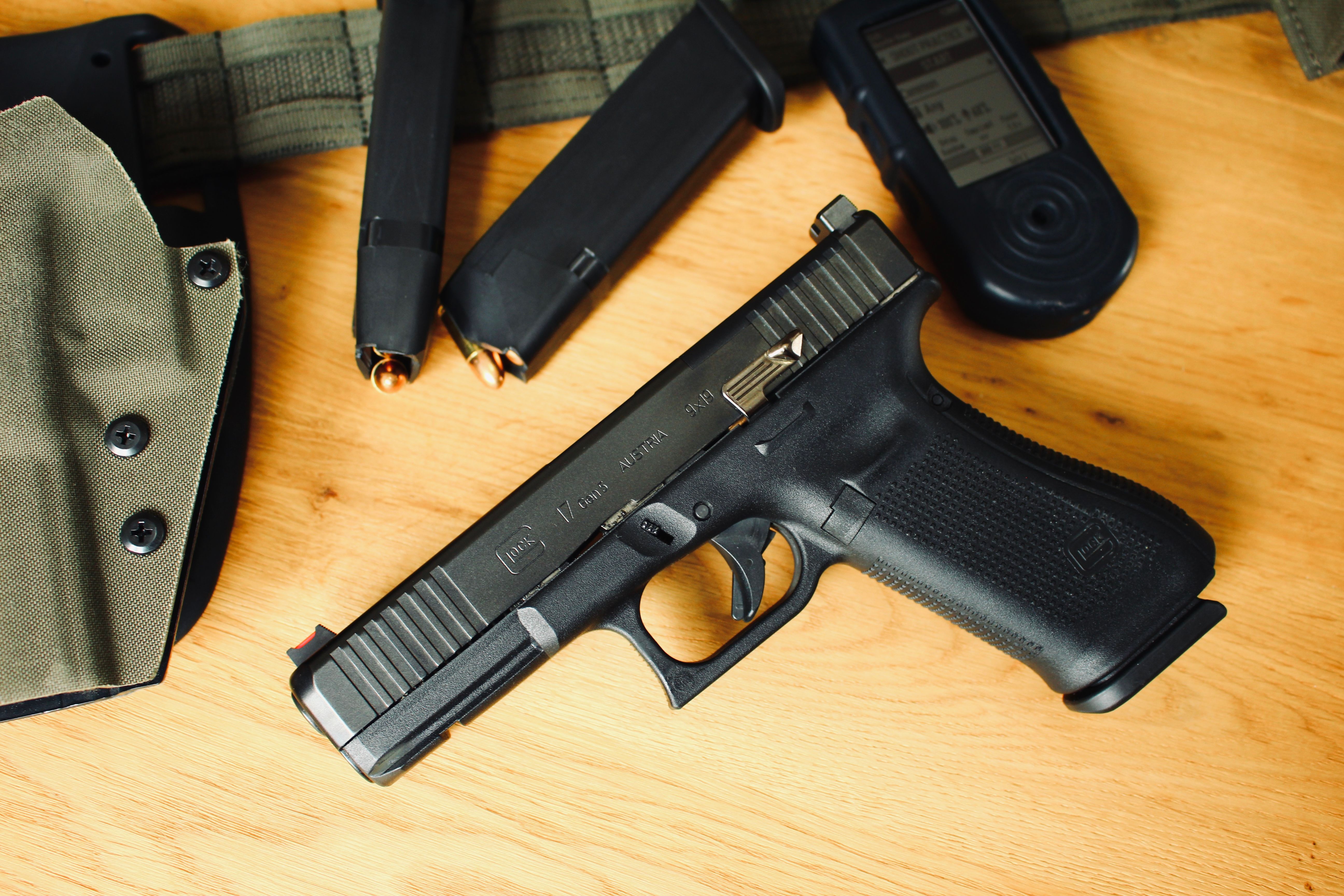
Vogel Dynamics - a small company from the USA that is hardly known in Germany. Founded a few years ago by one of the top shooters in the United States of America, Robert “Bob” Vogel.
Robert Vogel is certainly known to some IPSC shooters in Germany, as Vogel took first place in the Production Class at the 2011 IPSC World Championship in Greece, became IPDA World Champion in the Stock Pistol Division and won numerous national championships in the USA, making him the only police officer to have achieved such great success to date.
He is currently a USPSA Grand Master in four disciplines. From a young age, Robert was passionate about firearms, hunting and competitive shooting. He began training seriously at the age of 15. He shot his first competitions at 19, won his first national championship at 20 and became IPSC World Champion at 29.
Professionally, Robert went to police academy for two years after high school and then worked full time as a police officer for more than eight years. He then remained with the police department as an Auxiliary/Reserve Officer. He was also a member of the SWAT team and worked as a shooting instructor for both SWAT and the rest of the department.
His many years of experience in hunting and sport shooting, his participation in countless competitions and his professional activities as a police officer and shooting instructor not only make him a first-class shooter, but also allowed him to design and market his own sights - the birth of Vogel Dynamics. Robert Vogel now runs Dynamics full-time and teaches a large number of students all over the world.
In our search for the perfect iron sights, we stumbled across the Vogel Dynamics Glock Sights. Vogel Dynamics offers a standard version for Glocks without MOS system, a low, non-cowitness MOS compatible version, as well as a co-witness MOS version. There is also a standard version for all Smith & Wesson M&P models.
The most interesting version for us is the MOS-compatible low version.
The most interesting version for us is the MOS-compatible low version.
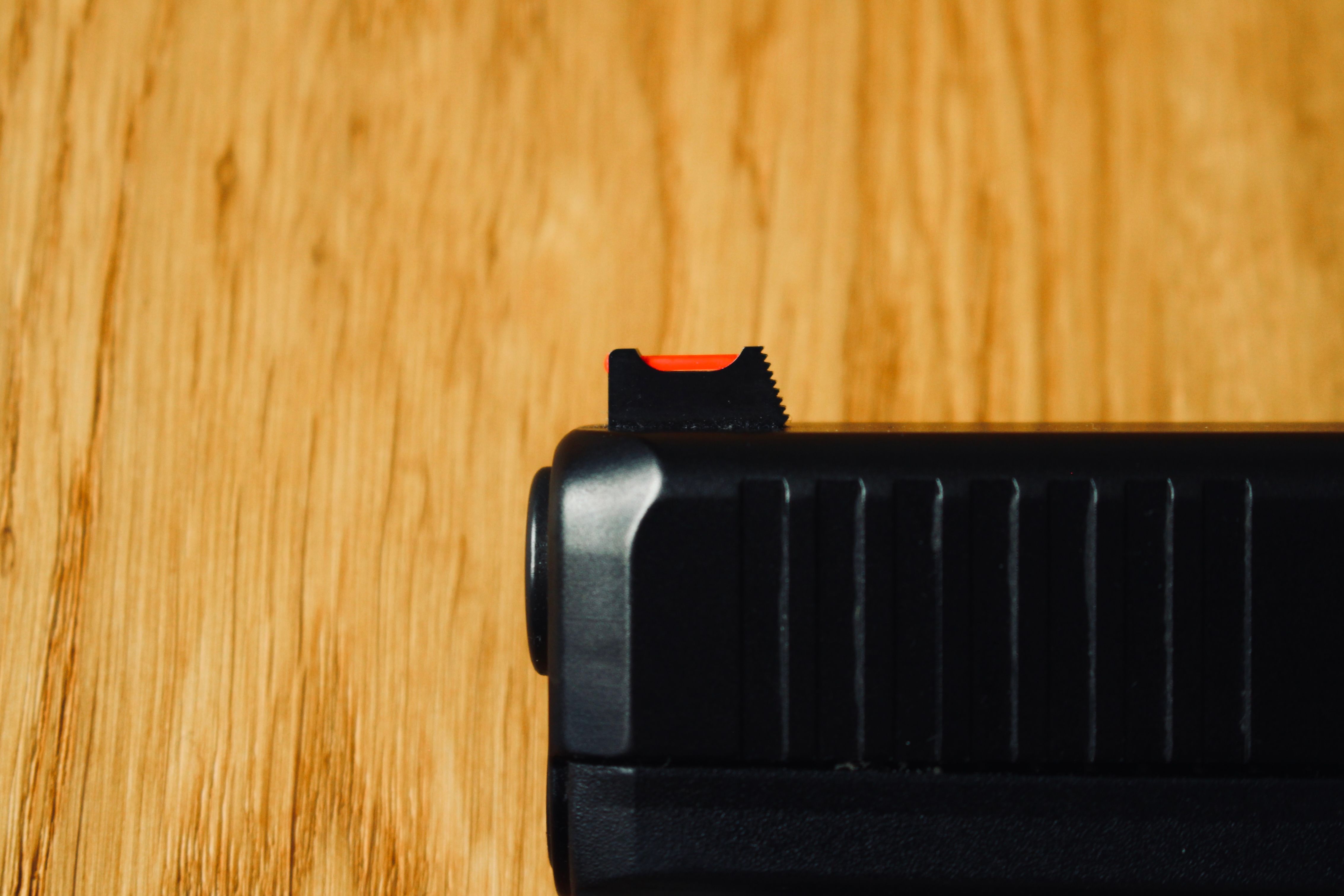
The MOS-compatible version was also chosen for our Glock 19 without MOS, as the standard rear sight is beveled on the side facing away from the shooter. This design feature may look better to some people, but since we also want to be able to clear malfunctions with one hand, we prefer an edge, ideally at a 90-degree angle, so that we can attach the rear sight to the holster, for example, and thus be able to rack the gun.
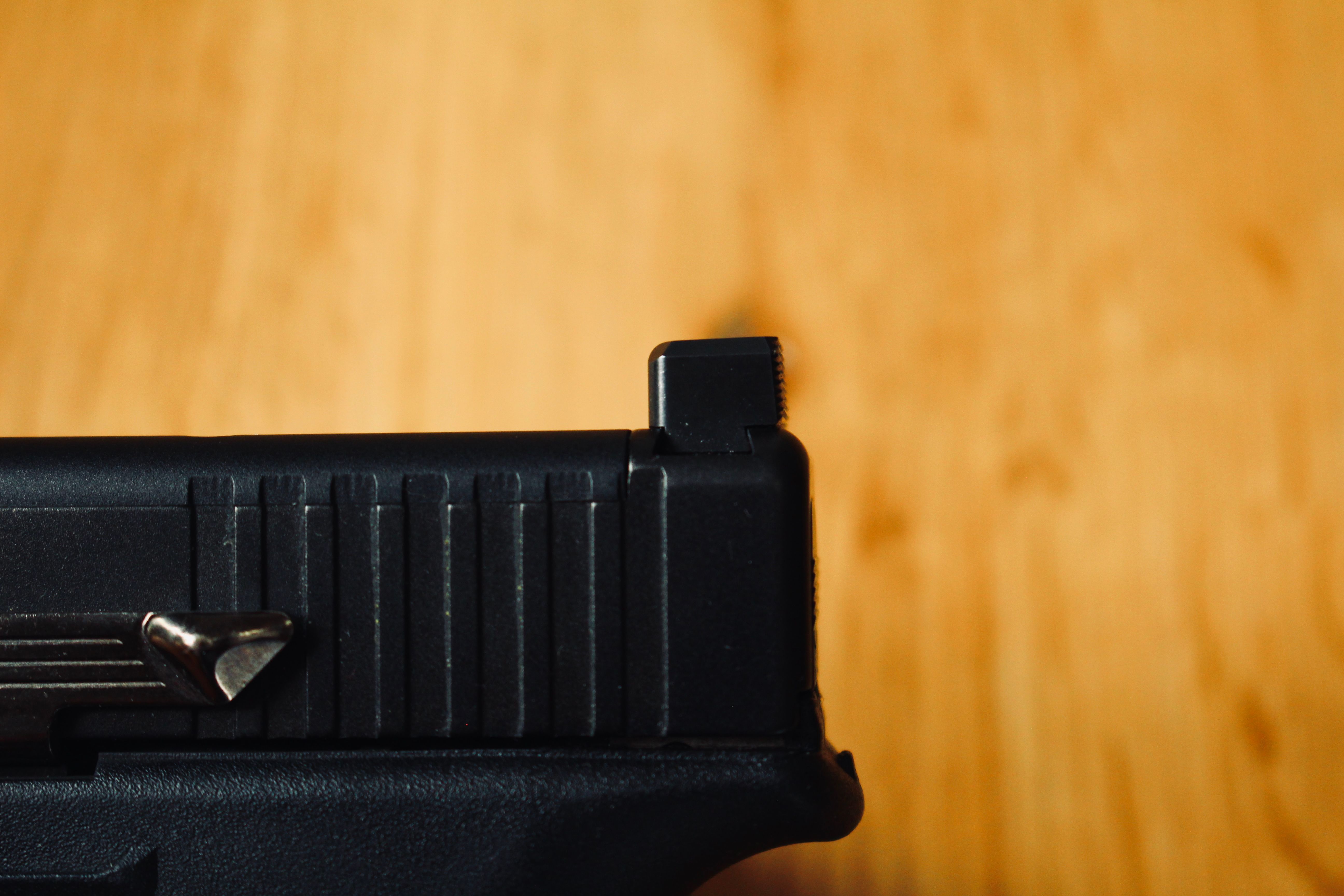
A point that is certainly not used in sports but should be taken into account in the service sector, for example.
The contents of package are spartan.
The zip-lock bag contains a piece of paper with the name of the sights and the dimensions. This contains what it is actually about.

The rear sight as well as the red fiber optic rod and the front sight packed separately.
The front sight comes without the fiber optic rod installed. This has the advantage that the shooter can vary the size of the dot according to his individual preferences when installing it.
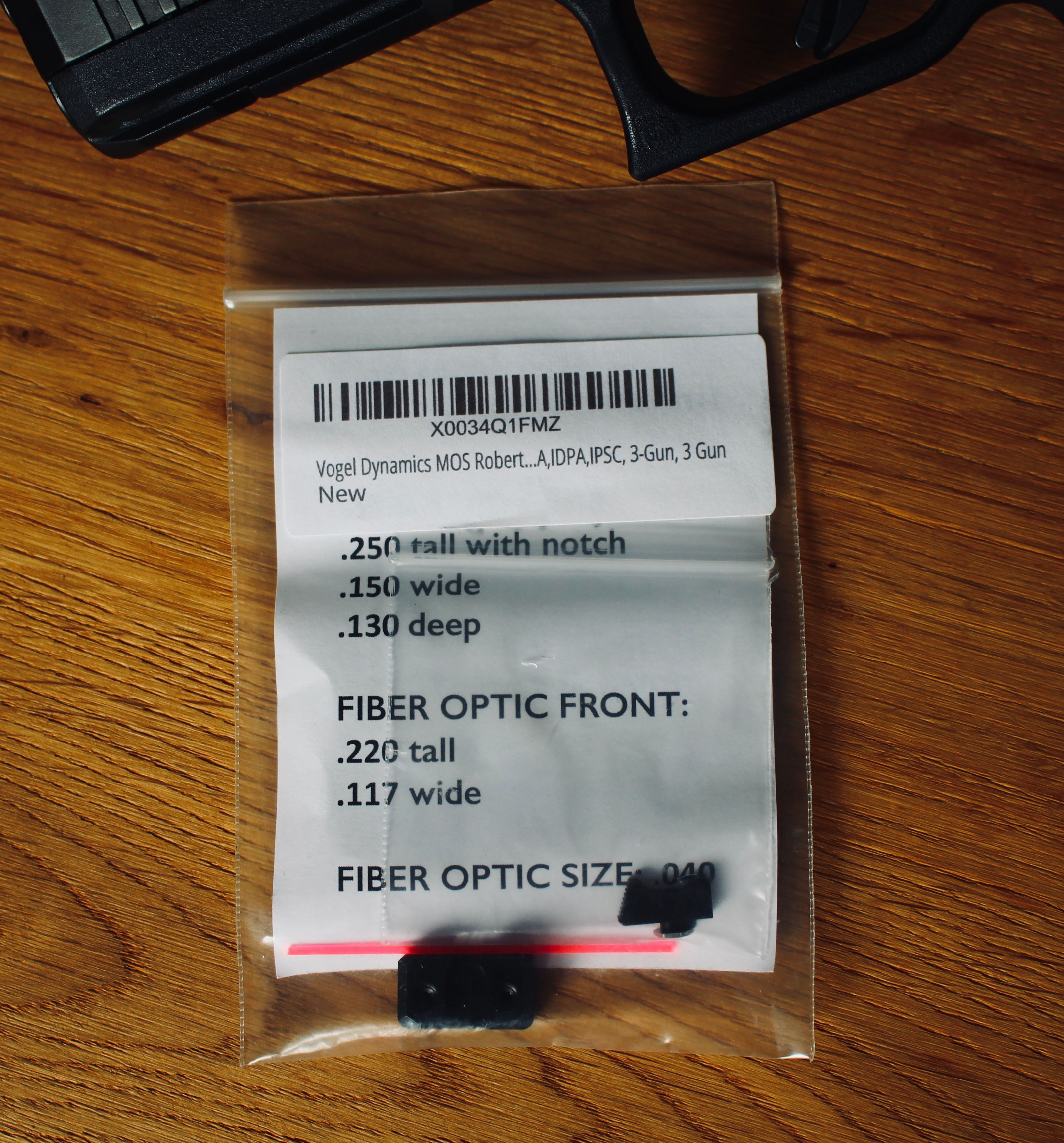
Personally, however, we wish that this had already been done at the factory, as is the case with Dawson Precision, for example, and that replacements were still supplied. An Allen key for the rear sight set screws would also be desirable, especially for us Europeans. Another small point to consider, is that only a red fiber optic rod is included. Dawson also includes an additional green rod. In addition to personal preference, green is particularly useful for back-up sights when used with a red dot sight. Under stress and in difficult shooting positions, this prevents accidentally mistaking the fiber optic in the front sight for the illuminated dot of the primary sight.
Let's get down to the hard facts and start with the dimensions.
Front sight:
| Metric | Inch | |
| Height | 5,58mm | .220 |
| Width | 2,97mm | .117 |
| Length | 12,00mm | .472 |
| Fiber optic rod diameter | 1,02mm | .040 |
| Length of exposed fiber optic rod | 6,50mm | .256 |
Rear sight:
| Metric | Inch | |
| Height | 6,35mm | .250 |
| Width | 17,78mm | .700 |
| Length | 9,65mm | .380 |
| Height of the tunnel | 3.30mm | .130 |
| Width of the tunnel | 3,81mm | .150 |
The sights are manufactured by Odom Metal Works in Missouri. The hardest steel option that Odom offers was chosen for the sights. The rear and front sights are coated with titanium nitride, which makes the sights durable and scratch-resistant. The TiN coating also gives the sights an elegant, high-quality appearance.
The manufacturing quality is very good and the coating is flawless.
For mounting the rear sight we recommend a professional sight pusher tool. I personally have been relying on MGW for years, as it is also compatible with silencer compatible sights.
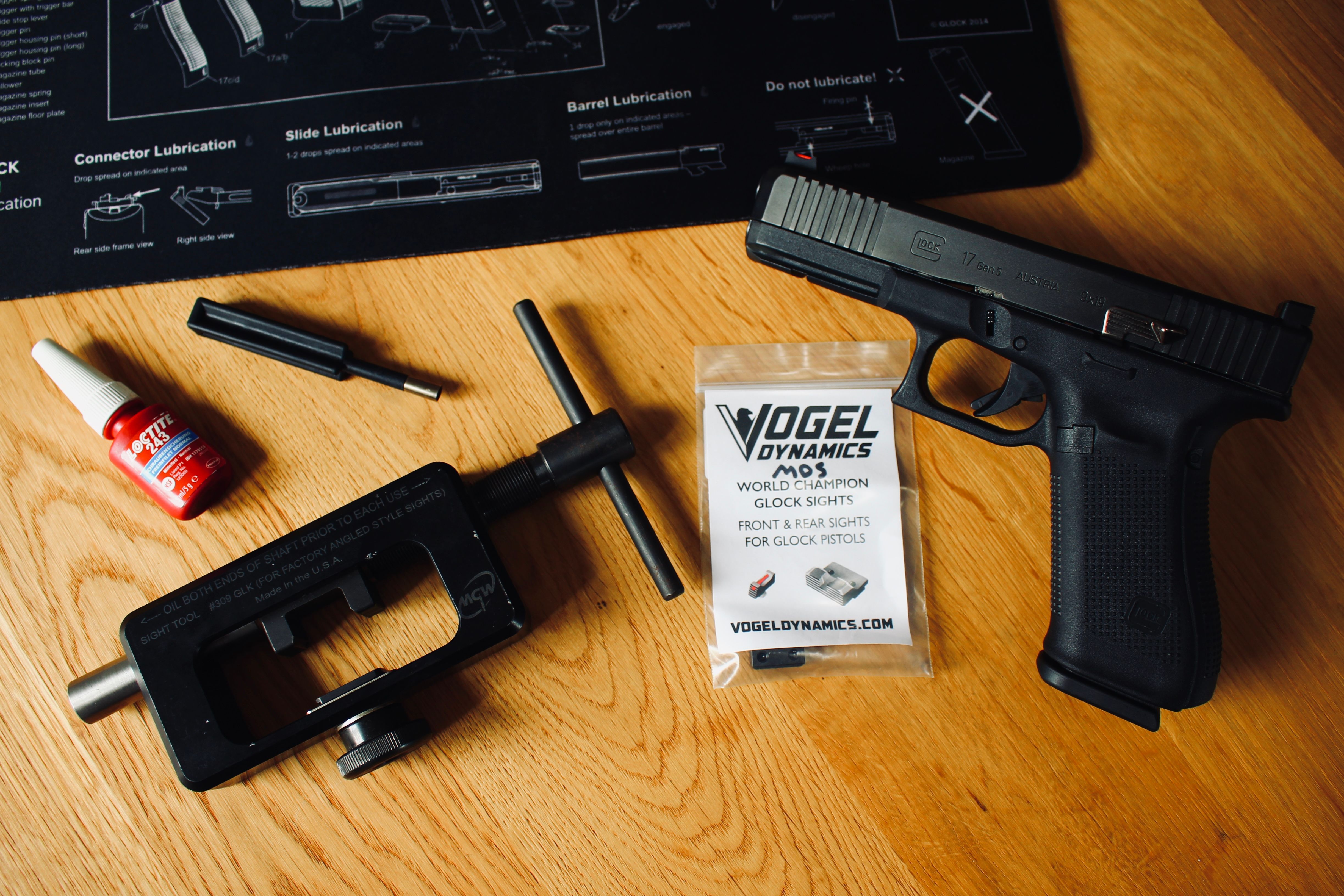
A Glock front sight tool is used for the front sight. When inserting the rear sight, it is noticeable that the sights are precisely machined and the fit is excellent. The coating on the slide is not worn away during the press-fit process, as is unfortunately sometimes the case with sights from other manufacturers.

Despite the good fit, Vogel went the extra mile to secure the rear sight against slipping using set screws. We like that very much. We miss this with Trijicon, for example, and had to modify our sights ourselves in the end. Vogel Dynamics has not placed a screw in the center of the tunnel instead using two set screws on the left and right. We recommend securing both these set screws and the front sight screw with medium-strength Loctite.
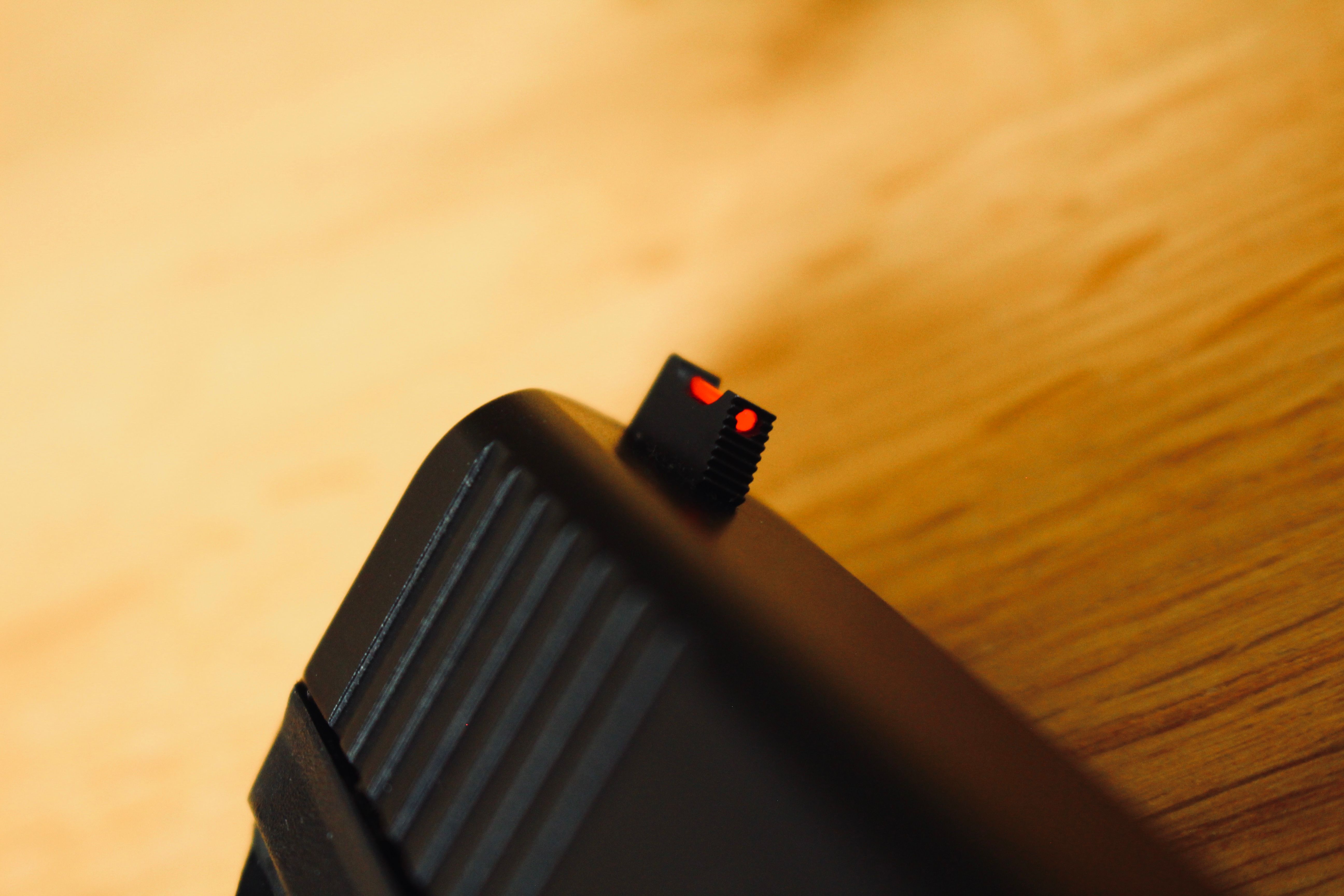
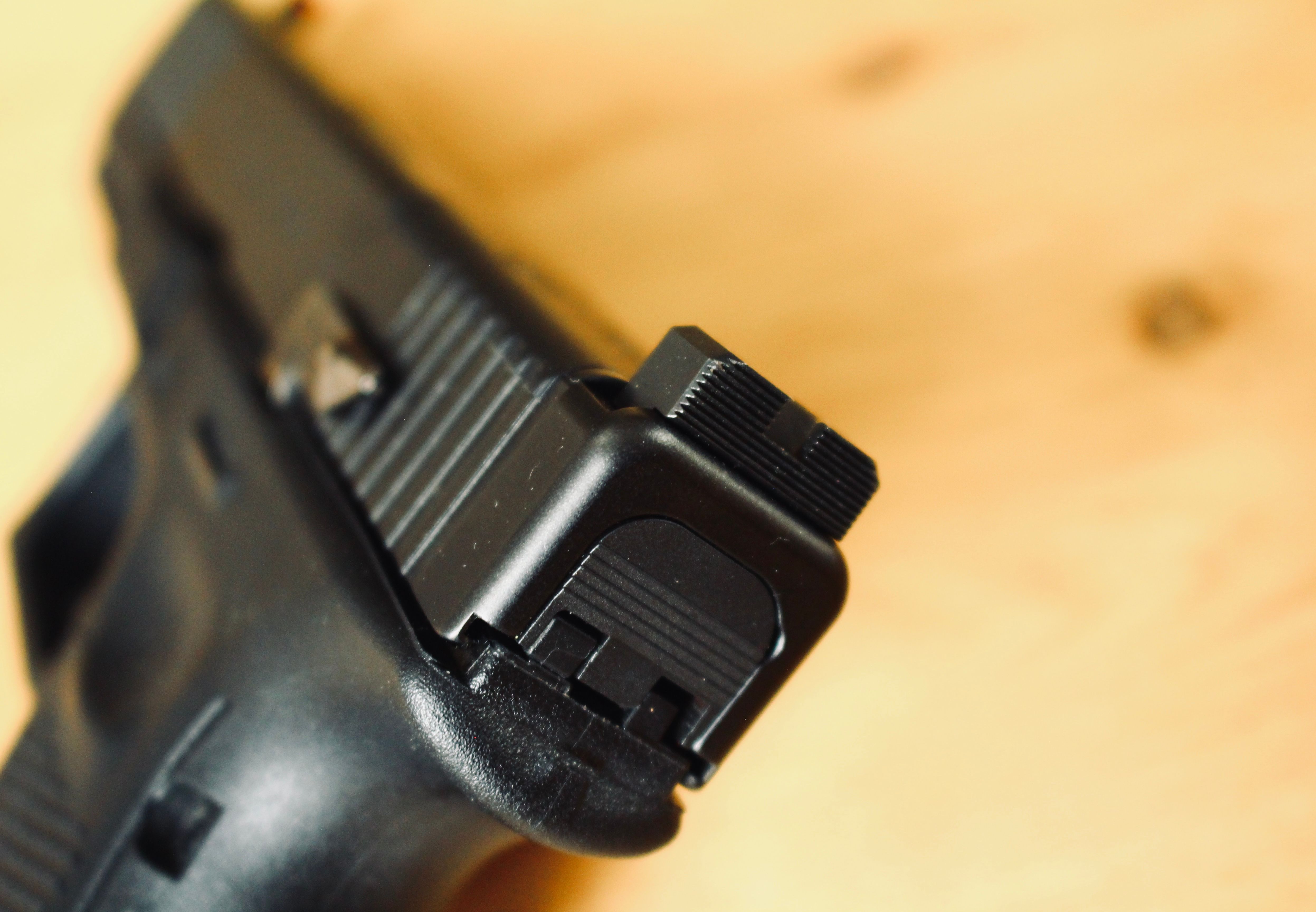
The side of the rear sight and front sight facing the shooter is equipped with grooves to prevent reflections.
So what makes the Vogel Dynamics Sights so special? Let's start with a short summary of the different fields of applications.
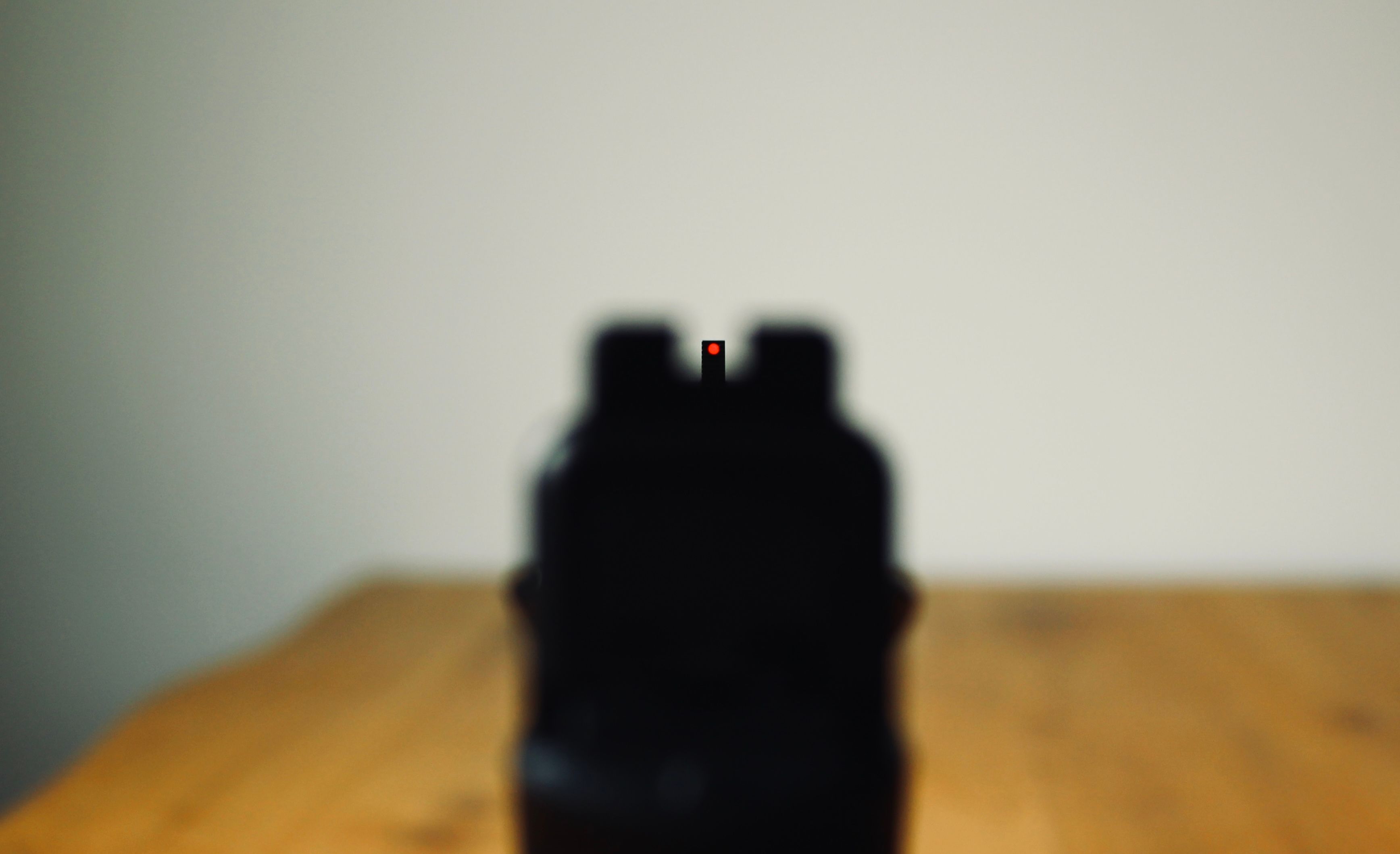
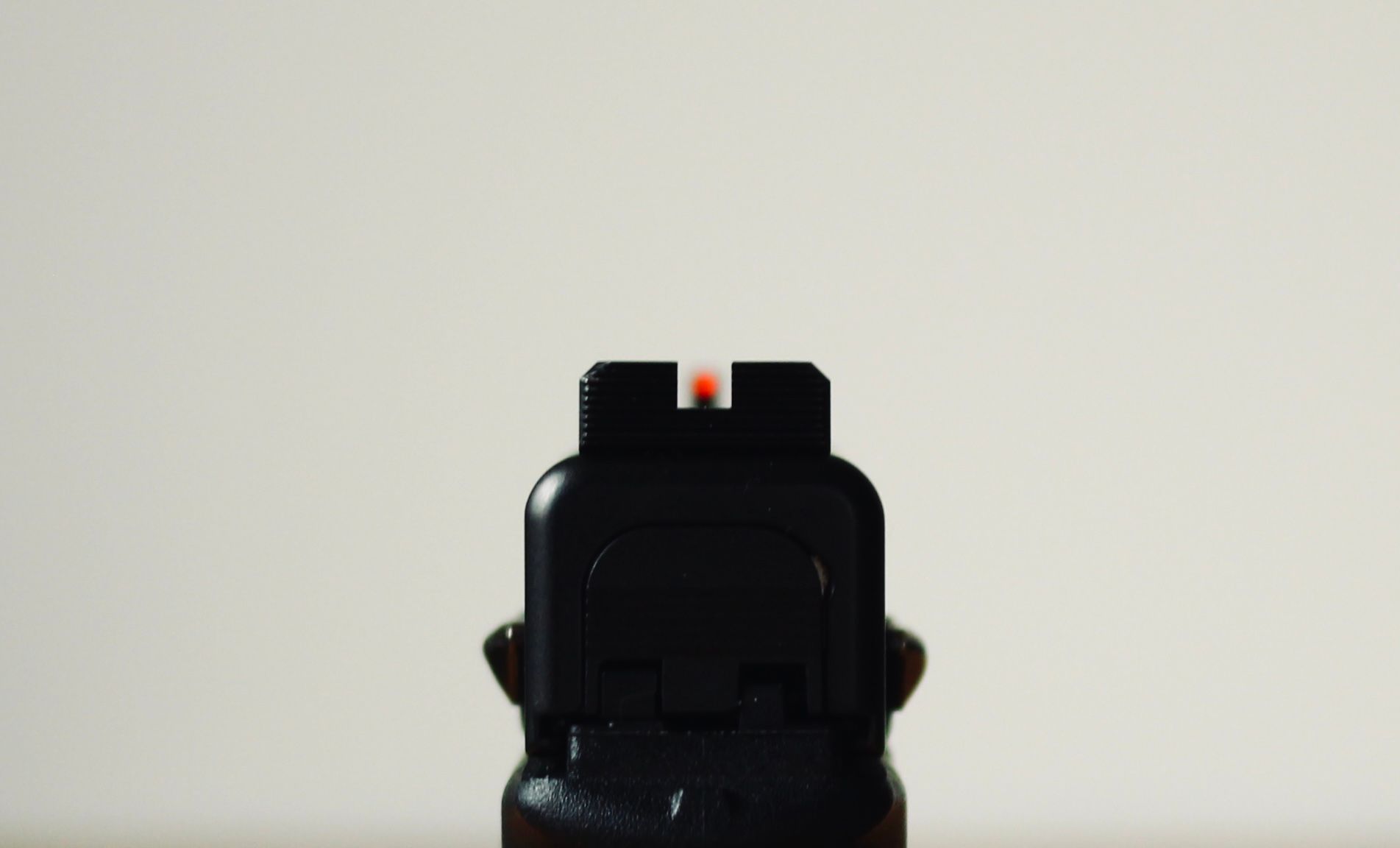
For sport shooting, the requirements profile varies greatly depending on the discipline. We concentrate on dynamic disciplines, such as IPSC, in which a fast acquisition of a sight picture, easy follow-through as well as accuracy even at longer distances up to 25m play the most important roles.
For hunting, quick and easy acquisition of a sight picture also plays a key role, in addition to good visibility even in poor lighting conditions. Accidents involving game, for example, usually take place at dusk or at night.
Law enforcement agencies need sights that cover as much ground as possible. In other words, a sight that can be picked up quickly, which must also work well from improvised positions, good visibility during follow-though, but also good visibility in poor lighting conditions and the ability to take the most precise shots possible - and all this under the highest levels of stress.
If the front sight is very wide, it is easy to pick up and track when shooting, but precise shots at longer distances become more difficult as it covers more of the target. Aim small, miss small. A fine front sight makes precise shots easier, but is more difficult to track and requires more attention when aiming with a large light gap in the rear sight.
White dots, fiber optics or tritium are a great help, but have their strengths and weaknesses depending on the lighting conditions.
In short, as is so often the case, we are always on the lookout for the jack of all trades. The Vogel Dynamics Sights are very close for us. The front sight is fine and allows precise shots even beyond 20m, but is not too narrow, quick to pick up and easy to track. The fiber optic insert with a diameter of approx. 1mm helps enormously and feels very similar to a red dot sight.
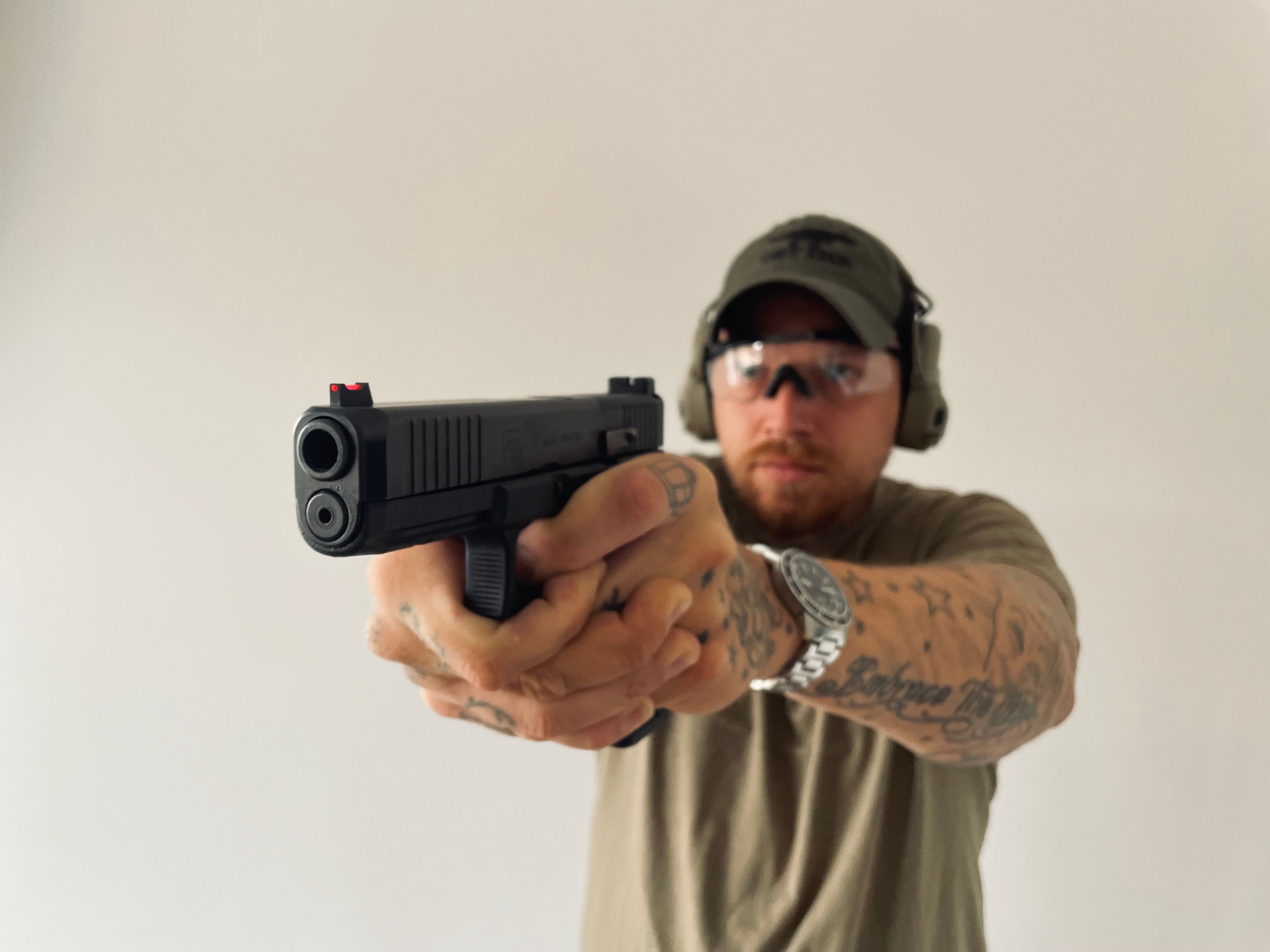
The fiber optic is very easy to pick up in the peripheral field of view when pushing the gun into the target and makes it easier to switch focus.
The rear sight stands out in comparison to the competitors. It is cut out very deeply and therefore offers an extremely large amount of space to work without losing the front sight. The light gap between the rear sight and front sight is sufficiently large to allow fast shots to be taken easily at close range, but does not prevent the sights from being precisely aligned in order to work with the focus on precision.

When designing the sights, Robert Vogel had sporting applications in mind in particular, but the sights are not just made for this application. In addition to IPSC use, we also use the sights when teaching classes and while hunting.
There is only one negative point, but this generally applies to all-black and fiber optic sights. In low light conditions, you have to switch to white light earlier. Since this range in which the original Glock sights are still visible, for example, but fiber optic sights are no longer, this is acceptable to us.
This also shows how well the sight concept works in various drills.
From VTAC 1-5, Triple T, Delta Drill to Half and Half Drill, the sights perform from absolute close range up to 20m and leave nothing to be desired.
The results speak for themselves. Our times and shot patterns with the Vogel Sights are comparable to results with a red dot (ACRO P-2 and Trijicon RMR). The sights particularly shine in their flagship discipline IPSC. They can be picked up and shot intuitively and thus create time to concentrate on the path through the stage.
In his paper on the sights, Robert writes that he prefers the tendency to shoot high rather than low, as penalty targets are usually found underneath the targets in competitions, and had this in mind when designing the sights. We were able to confirm that this concept works. We had no low shots among poorer hits and a lateral deviation could always be traced back to the trigger finger.
Robert Vogel specifies the sights with zero as Combat Hold suitable for all Glocks, i.e. the dot in the front sight is placed fully overlapping on the target for point of aim equals point of impact. We were able to confirm this with a Glock 17 and Glock 19 at 20 and 25 meters.
The dot drill shows that the sights are slightly higher than the standard Glock sights. This means that the point of aim is not exactly in the middle but in the upper third of the dot.
Directly compared to the standard Glock sights, smaller groups are easier to achieve and the feedback from the sights is clearer, i.e. if you jerk the trigger, the error is just as visible as with a red dot sight.
Compared to other fiber optic sights such as Dawson Precision, the generously dimensioned tunnel of the rear sight and the slightly wider front sight of the Vogel Sights are pleasing while maintaining the same precision.
They are faster and more comfortable to shoot with one hand as well as from modified positions without sacrificing accuracy.
Conclusion:
For the ambitious IPSC shooter with Glock or M&P, the Vogel Dynamics Glock Sights are an absolute recommendation. In our opinion, the sights are also capable of more than just sporting use and are a charm to shoot with. There were no weaknesses in hard, tactical use.
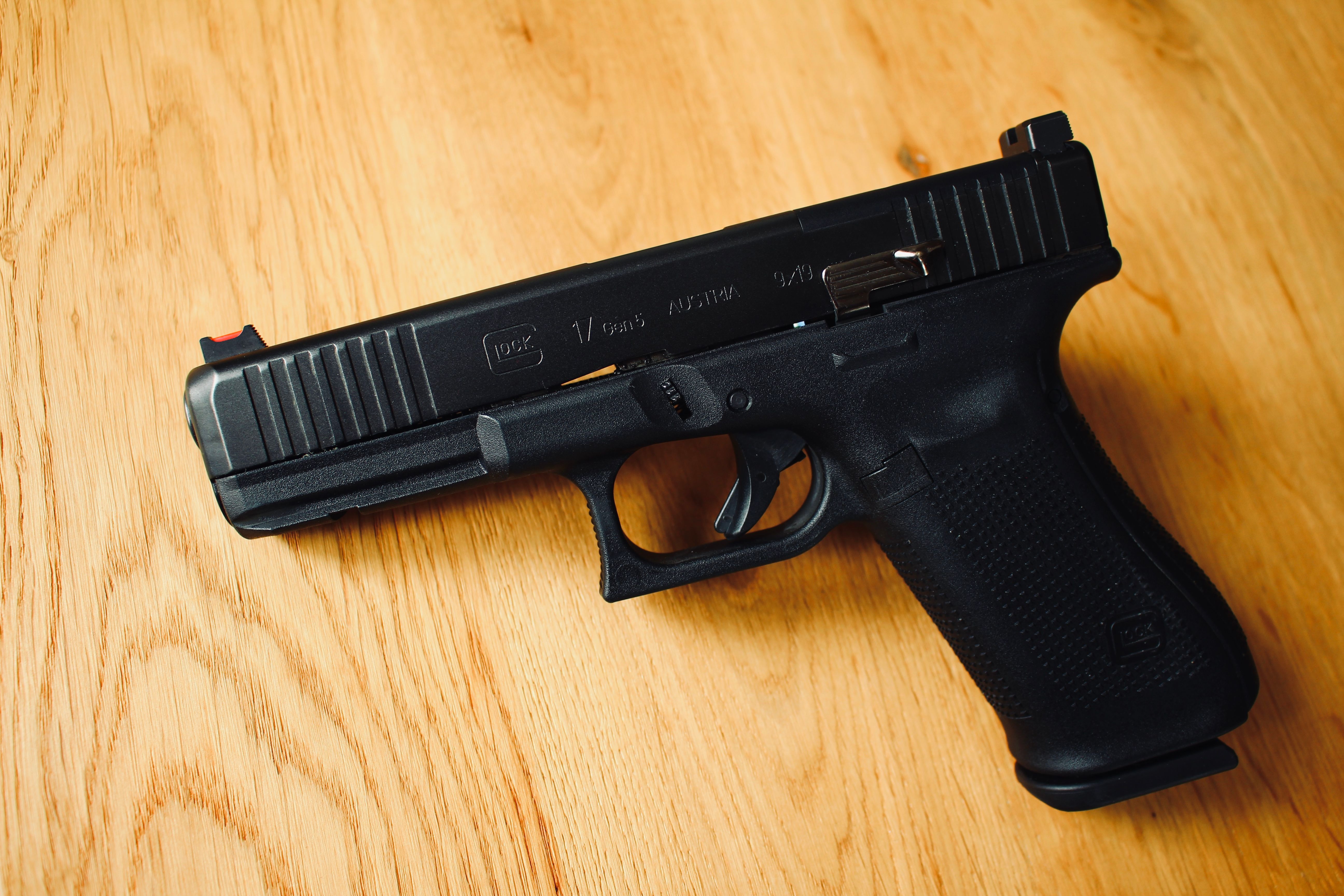
The construction and design offer everything you would expect from iron sights, with only minor limitations in poor light conditions.
The balance of precision and speed gets to the heart of dynamic shooting. Chapeau to Robert Vogel.
The Sights are not yet available in Europe, but in the USA they are available for the equivalent of a fair €75, which puts the minor criticisms of the non-pre-installed fiber optics, which only come in red, and the lack of an Allen key into perspective.
Test, Text und Bilder: Alexander Roßmanith
Vogel Dynamics website: https://vogeldynamics.com
Robert Vogel on YouTube: https://www.youtube.com/@RobertVogelShooter
Robert Vogel on Instagram: https://www.instagram.com/robert.g.vogel/?hl=de

